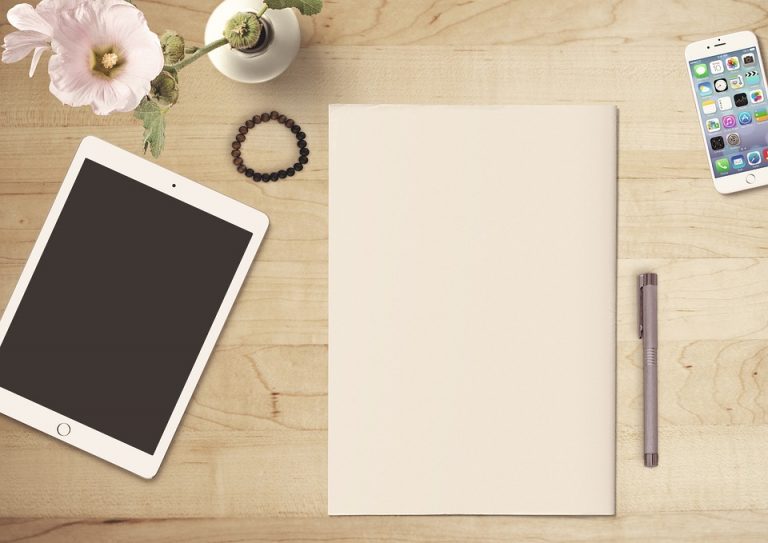Unlocking creativity is the heartbeat of freelance graphic design. It’s the spark that transforms ideas into visuals, connecting your passion with the needs of clients. If you’re looking to carve out your niche in this vibrant field, you’re in the right place. This guide will help you embrace your creativity, refine your skills, and navigate the freelance landscape with confidence.
Contents
- What is Freelance Graphic Design?
- Why Choose Freelance Graphic Design?
- Essential Skills for Freelance Graphic Designers
- Finding Your Niche
- Building Your Portfolio
- Marketing Yourself as a Freelance Graphic Designer
- Setting Your Rates
- Managing Client Relationships
- Staying Inspired and Avoiding Burnout
- Continuous Learning and Growth
- Conclusion
What is Freelance Graphic Design?
Freelance graphic design refers to the practice of creating visual content for clients on a contract basis. Unlike traditional employment, freelancers work independently, setting their own hours and choosing projects that resonate with them. This flexibility allows for a unique blend of creativity and business acumen, making it a fulfilling career for many.
But why does it matter? Because graphic design is everywhere. It shapes brands, tells stories, and evokes emotions. In a world awash with information, good design cuts through the noise. Your work as a freelance designer can make a significant impact, not just for your clients but for the audience they reach.
Why Choose Freelance Graphic Design?
The allure of freelance graphic design lies in its freedom. You get to explore your artistic capabilities while building a career on your terms. Here are some compelling reasons to consider:
- Flexibility: Work from anywhere, set your own hours, and choose your clients.
- Diverse Opportunities: From logos to websites, the range of projects is limitless.
- Personal Growth: Constantly evolving your skills keeps your creativity sharp.
- Financial Potential: With the right strategies, freelance graphic design can be lucrative.
Essential Skills for Freelance Graphic Designers
To stand out in the crowded freelance market, you need more than just creativity. Here’s a list of essential skills that will elevate your freelance graphic design career:
Technical Skills
- Proficiency in Design Software: Master tools like Adobe Creative Suite (Photoshop, Illustrator, InDesign) or alternatives like Canva and Figma.
- Understanding of Typography: Use fonts to convey meaning and enhance the aesthetic of your designs.
- Color Theory: Know how to use colors effectively to evoke emotions and communicate messages.
Soft Skills
- Communication: Clearly articulate your ideas and listen to client feedback.
- Time Management: Balance multiple projects without sacrificing quality.
- Problem-Solving: Approach challenges with creativity and resilience.
Finding Your Niche
Identifying your niche is vital in freelance graphic design. It helps you focus your efforts and attract the right clients. Here’s how to uncover your unique style:
Explore Different Styles
Experiment with various design styles—be it minimalism, vintage, or modern. Use platforms like Behance or Dribbble to find inspiration and see what resonates with you.
Consider Your Interests
Think about what excites you. Do you love working with brands, creating illustrations, or perhaps designing user interfaces? Aligning your passion with your niche will keep your creative fire burning.
Analyze Market Demand
Research what clients are looking for. Tools like Google Trends or social media insights can help you see what’s in demand, guiding your focus.
Building Your Portfolio
Your portfolio is your calling card. It showcases your skills and style, helping potential clients understand your capabilities. Here’s how to build an impressive portfolio:
Curate Your Best Work
Select pieces that demonstrate your range and expertise. Quality over quantity is key; a few standout pieces are more effective than a large collection of mediocre work.
Include Case Studies
Don’t just show the final product; explain your process. Discuss the challenges you faced and how you solved them. This not only illustrates your skills but also your thought process.
Optimize for Online Viewing
Create an online portfolio using platforms like Squarespace or WordPress. Ensure it’s visually appealing, easy to navigate, and mobile-friendly.
Marketing Yourself as a Freelance Graphic Designer
Once you’ve honed your skills and built your portfolio, it’s time to market yourself. Here are effective strategies to attract clients:
Leverage Social Media
Use platforms like Instagram, LinkedIn, and Pinterest to showcase your work. Share behind-the-scenes content, design tips, and engage with your audience.
Network Effectively
Attend industry events, webinars, and local meetups. Networking can lead to referrals and collaborations. Don’t shy away from reaching out to others in the industry.
Utilize Freelance Platforms
Websites like Upwork, Freelancer, and Fiverr can help you find clients. Create a compelling profile that highlights your skills, experience, and unique selling proposition.
Setting Your Rates
Determining your rates can be daunting. Here’s how to approach it:
Research Industry Standards
Look into what other freelance graphic designers charge. Websites like Glassdoor and PayScale can give you insights into average rates based on location and expertise.
Consider Your Experience
If you’re just starting, you might need to set lower rates to attract clients. As you gain experience and build your portfolio, gradually increase your rates.
Value-Based Pricing
Instead of charging by the hour, consider value-based pricing. Assess the impact your design will have on the client’s business and price accordingly. This approach not only boosts your income but also emphasizes the value you bring.
Managing Client Relationships
Building and maintaining strong client relationships is crucial for freelance success. Here’s how to foster those connections:
Set Clear Expectations
From the outset, clarify project scope, timelines, and deliverables. This minimizes misunderstandings and keeps everyone on the same page.
Communicate Regularly
Keep clients updated on your progress. Regular check-ins help build trust and show your commitment to their project.
Welcome Feedback
Encourage client feedback throughout the design process. This not only improves the final product but also strengthens your relationship.
Staying Inspired and Avoiding Burnout
Creativity can ebb and flow, and burnout is a real concern in freelance design. Here are tips to keep your inspiration alive:
Take Breaks
Schedule regular breaks to recharge. Step away from your work to gain perspective and prevent burnout.
Seek Inspiration
Explore art galleries, design blogs, or nature for inspiration. Surrounding yourself with creativity can spark new ideas.
Collaborate with Others
Working with other creatives can provide fresh perspectives and inspire new approaches to your design work.
Continuous Learning and Growth
The design world is ever-evolving. Staying updated is essential for your career. Here’s how to keep learning:
Take Online Courses
Platforms like Skillshare, Coursera, and Udemy offer courses on various design topics. Invest in your education to keep your skills sharp.
Follow Industry Trends
Stay current with design trends by reading blogs, joining forums, and following influencers in the graphic design space.
Attend Workshops and Conferences
Participate in design workshops and conferences to network and learn from industry leaders.
Conclusion
Embarking on a freelance graphic design journey is both exciting and challenging. By unlocking your creativity and continually honing your skills, you can build a fulfilling career that resonates with your passions.
Bottom Line
Freelance graphic design is more than just a job; it’s a way to express your unique voice and make a difference. Embrace the challenges, stay curious, and let your creativity shine. Ready to take the leap? Dive in, and remember: your designs can change the world.
FAQ
What do I need to get started in freelance graphic design?
You need a strong portfolio, design software, and excellent communication skills.
How do I find clients as a freelance graphic designer?
Leverage social media, freelance platforms, and networking to attract clients.
How do I handle feedback from clients?
Welcome feedback as a valuable part of the design process, and use it to improve your work.
What are the best design tools to use?
Adobe Creative Suite is a standard, but tools like Canva and Figma are also excellent options for various design needs.








